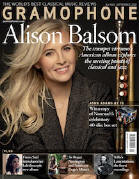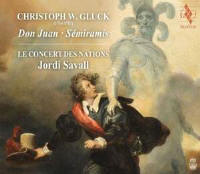Texte paru dans: / Appeared in: |
|
|
Outil de traduction |
|
|
Gluck’s record as a reformer doesn’t apply only to opera. In 1761, a year before Orfeo ed Euridice, he was collaborating with forward-thinking choreographer Gasparo Angiolini on a ballet-pantomime that sought a newly direct relationship to the drama. Don Juan went down well, stayed in the repertoire for decades, and in a finale in which the great libertine is dragged down to hell (later reused as the Dance of the Furies in the Paris version of Orfeo) furnished a historical prototype for orchestral Sturm und Drang. Just, however, as Orfeo didn’t quite go the whole hog as a reform piece, neither does Don Juan – several of its dances are essentially decorative, not least in an over-extended ballroom scene – but there is no mistaking the dramatic power and choreographic precision of the confrontations between Don and Commander, or the seductive lyrical eloquence of the Don’s serenading, represented by oboe and pizzicato strings. Gluck and Angiolini produced four further ballets, and in 1765 Sémiramis achieved a more focused and fluid reaction to its tragic tale of revenge by matricide. There are fewer closed forms here and the music is more broken up and reactive; Semiramide’s mental disturbance, for instance, is shown in striking chromatic ramblings, interrupted by the sternly declaimed appearance of doomy writing on the wall. It means that, while only half the length of Don Juan, it brings deeper psychological insights. If one of these ballets were to be revived on stage today, perhaps this should be the one. Jordi Savall and Le Concert des Nations are boisterously alert to the drama – even if their realisation of it is in places a touch stodgy and ragged – and they show a good ear for colour in Gluck’s more delectable and sensuous orchestral textures. Strumming guitars and rattling castanets are reasonable additions to the score in Don Juan, but the guitars irritate when they stay on for Sémiramis. There is competition in this coupling from Bruno Weil and Tafelmusik (Sony, 10/93), brighter and cleaner, though thinner in sound and sometimes out of tune; but it is John Eliot Gardiner who predictably hits the right balance between dramatic acuity, orchestral competence and sonic weight in his recording of Don Juan from the early days of the English Baroque Soloists (Erato, 10/82).
|
|




